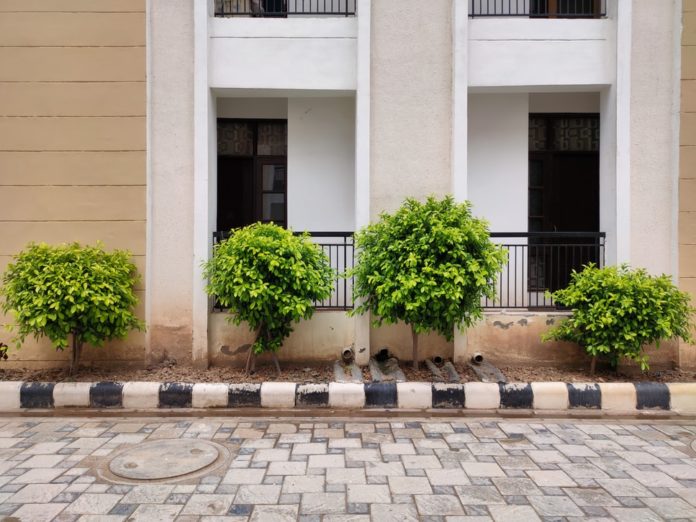Choosing the right material for the concrete coating is as imperative as getting one. Below are different types of best concrete coatings, their benefits, application, and more.The need to coat the concrete floor cannot be emphasized enough as they do not just prevent moisture from seeping in but boost durability, maintenance, prevent damages, and much more. However, with a plethora of coating options in the market like Contreat, choosing the right one becomes a daunting task. The article below discusses different types of coating materials in the market, their advantages, disadvantages, etc., for you to better understand what will work best for your desired space.
Different Types Of Concrete Coatings
Epoxy –
Most epoxy coatings are made of two elements, namely epoxy resin and polyamine hardener. The purpose of combining both resin and hardener prior to the application process is the chemical reaction following it which results in cross-linking of both the elements. The end result of an epoxy coating is a hard and rigid plastic coating material that bonds extremely well with most floors.
This durability, rigidness, and impact resistance make epoxy an ideal material for application in industrial space or anywhere with high-impact or heavy-forklift traffic. What’s more, epoxy is chemical resistant as well, increasing the versatility and scope of material usage.
Disadvantages – Epoxy’s application process is quite difficult to carry out, not to mention the tedious surface preparation as it cannot be applied on damaged, contaminated, or unprepared surfaces.
Moreover, the floor must also be free of grease, oil, or any other solvents. The seven days an epoxy coating takes to cure can also be a disadvantage for many looking for quick results.
Polyurethane –
Polyurethane belongs to the compound ground called carbamates and is a thermosetting (does not melt when heated) polymer by nature.
Though a polyurethane and epoxy coating may look alike at first glance, they are actually quite different in properties. While epoxy is impact-resistant and stiff, polyurethane coating is relatively smooth, soft, and elastic.
This flexibility and abrasion resistance offered by polyurethane makes them an ideal material to be used in moderate impact spaces along with those prone to scratches or rough use and even environments with low freezing temperatures, such as car parks, shopping malls, hospitals, etc.
What’s more, a polyurethane coating only requires a day to cure, making it ready for service for the very next day after application.
Disadvantages – Though polyurethane comes with almost ideal properties, it is highly sensitive to moisture limiting its use in areas with high humidity or moisture of any sort. Moisture on the floor can result in the formation of bubbles, leaving unpleasant blemishes.
Apart from moisture sensitivity, the limited pot life adds to the challenge of its application, requiring professional handling and assistance for the work.
Acrylic –
Acrylics are like the middle ground for polyurethane and epoxy and are usually made with multiple monomers such as methyl methacrylate, ethyl acrylate, etc.
They are relatively less durable than the two but are also inexpensive and therefore find wide usage as a decorative concrete coating in areas with less foot traffic or any other damage risk by abrasion, scratch, chemical spill, or moisture.
Additionally, some acrylic formulations can provide great UV protection and water and slip resistance with cure time as rapid as an hour after the application.
Disadvantages – While acrylics are cost-effective initially, the cost of recoating, maintenance, and damage repair add up to be a more expensive coating choice in the long run.
CONCLUSION
While these are just three types of coating, there are various other options in the market with different formulations and properties for one to choose from, one such being Polyaspartic.
Getting a professional recommendation for the kind of material that will work best for a particular space is the best way to go, with a surety of perfect outcomes. Happy Scrolling!

